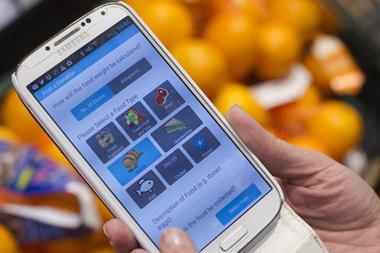
Whole chain challenge
Sir: The French government has passed a law to make it compulsory to divert supermarket surpluses to charities and, as I write on 27 May, over 125,000 people have signed an (independent) petition asking the PM to make the same thing happen here.
Supermarket surpluses make up a small percentage of total food waste (about 1%, according to Wrap). The focus should be broadened to the whole supply chain. We need a systematic culture change within the industry.
At FareShare, we have developed a step-by step approach for food companies to establish processes that identify surplus food and make it available for charity. This toolkit will be launched on 17 June at FareShare’s Surplus Food Summit in London. The event is supported by the BRC, FDF and FPC and aims to share leading best practice.
Lindsay Boswell, CEO, FareShare
Tesco on its record
Sir: I was disappointed to read your Leader piece about food waste and accompanying online piece ‘Tesco has taken a retrograde step in dropping standalone food waste report’. We think reducing food waste is an essential part of doing business, and we’re the only UK supermarket to publish our own independently assured food waste data. This data is now printed in our annual report, which gives it even more prominence than before. All our food waste data is also available online in an accessible format for everyone. It’s hugely important that supermarkets focus on tackling food waste from farm to fork. That’s why, as well as driving down our own food waste, we are working in partnership with our suppliers to cut waste as well as helping our customers to reduce waste in their own homes. We hope to make further strides on all of this in the coming months.
Mark Little, head of food waste reduction, Tesco
Why, when, how much
Sir: The new research published recently that alcohol consumption in England is ‘hugely underestimated’ because traditional reporting omits occasion-based and holiday consumption ignores the fact the drinks industry has long been embracing such insights.
Drinking behaviour changes if, for example, you are watching football in a pub, on a girls’ night out, or on an intimate dinner date. Demographic criteria alone are not a sufficient indicator. The drinks industry has become among the most effective at using such insights. Only by segmenting the market in this way this can you gain a real insight into why somebody selects one drink over another or how much they will likely consume and then use this to inform market activity.
Leigh Morris, MD, Bonamy Finch

















No comments yet